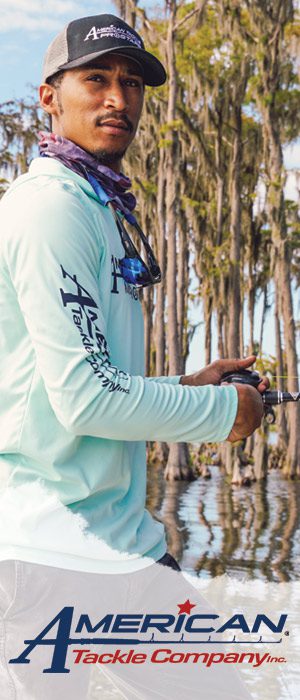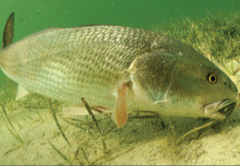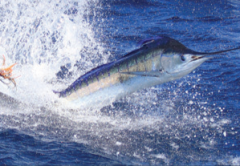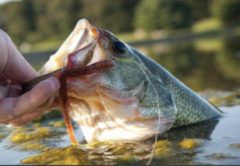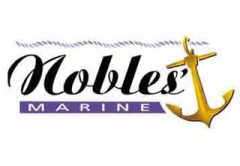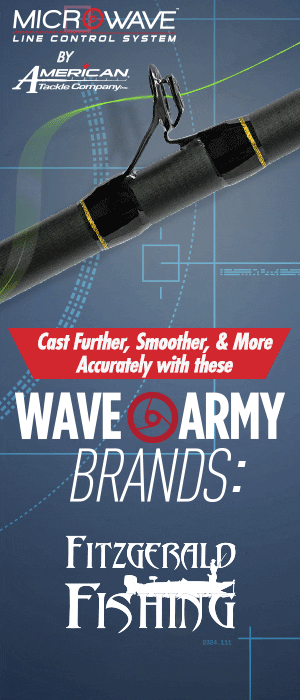
Planning where to fish, and what’s biting, and what are they biting on. Tackle – what rods to fish, what line to use and what hook to use? It can all be quite confusing and even intimidating. Having a good game plan will make all the difference to a successful fishing trip. This guide starts the day before the tow vehicle is hooked up. Starting with your boat: check your oil, safety equipment, radio, push pole, and your prop. Check your trailer tires, grease the axles, and check your trailer lights and wires. Next get your rods in or- der. Check the line, tie new leaders on all your rods – 3’ to 5’ ft. of fluorocarbon leader depending on the water clarity you intend to fish. I prefer to use the more is better than less option when it comes to leader material. Check your knots, now comes lure se- lection. If your heading out early to fish the flats select lures that work well in low light conditions, verses going off shore your lure selection is completely different. Or are you planning on fishing live bait? Check your cast net, make sure you have sabiki rigs or bait hooks. Now where are you going to fish, are you sure you know how to get there safely, are your GPS numbers correct? Are you sure you can make the run safely in low light conditions or should you wait for sunrise?
Now you’ve made it to your fishing spot are you anchoring up, are you drifting, push poling the boat or using the trolling motor? This guide prefers to stop the outboard about 75 yards from the fishing area then using the quiet- est method to close the distance to the fishing spot as possible, push pole or trolling motor but either way keep the boat noise down to a minimum. Planning is the key to success – get your plan together and catch more fish. Hopefully this will help you catch more fish and have a safe day out on the water. Tight lines from Capt. Joe.


